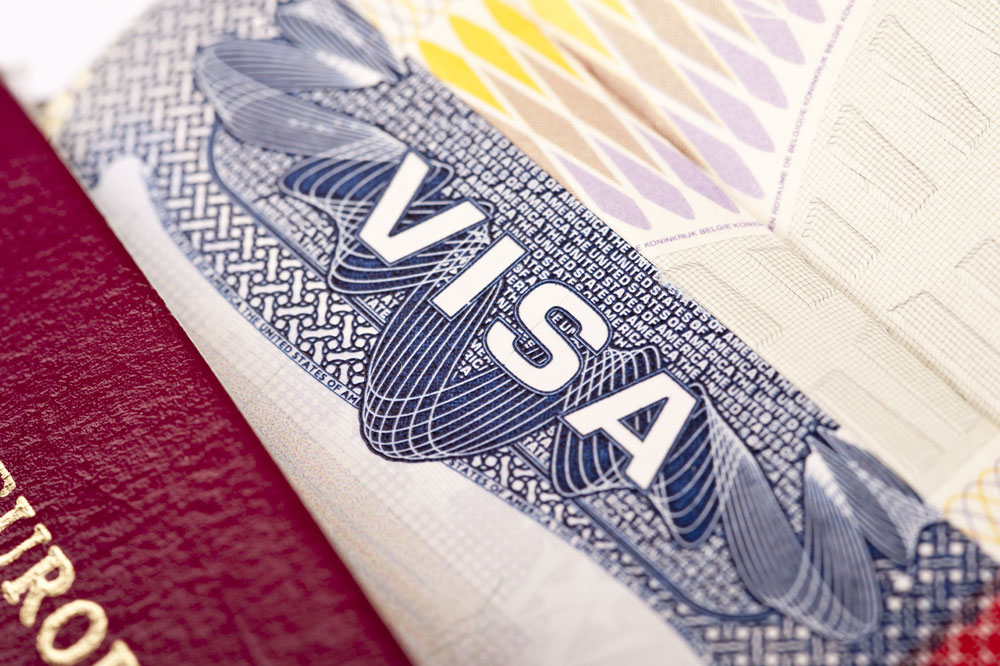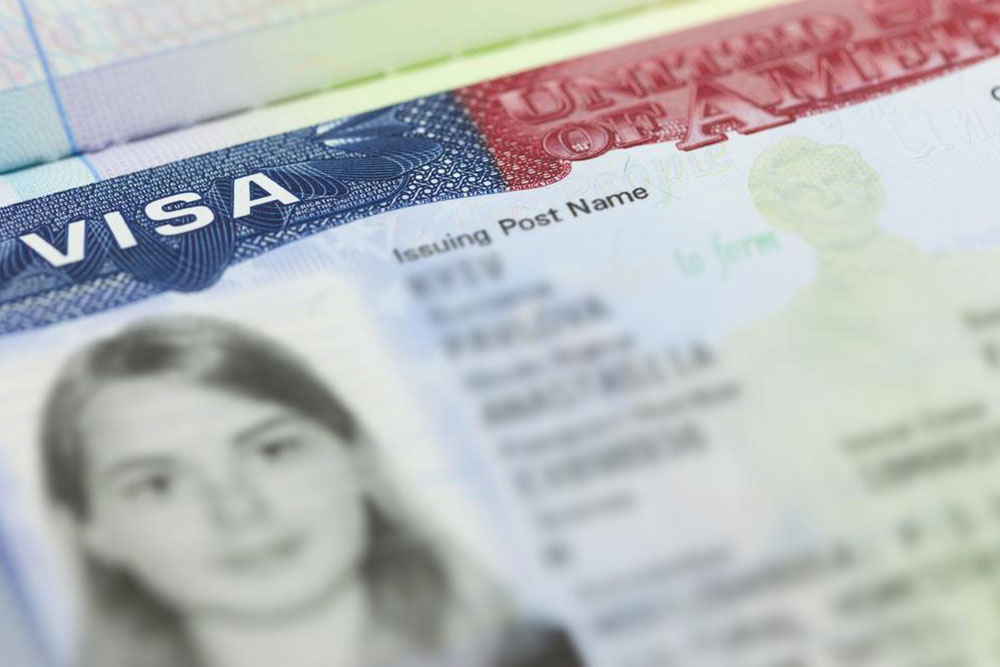Essential Guide to Key Visa Types and Immigration Policies
This comprehensive guide explores major visa categories, including immigrant and non-immigrant options, highlighting procedures, eligibility, and documentation needed for travel and residence. It aims to assist prospective immigrants and travelers in understanding legal requirements and process complexities to facilitate smooth visa applications.

Understanding Major Visa Classifications and Immigration Procedures
This nation attracts many international visitors and residents due to abundant employment opportunities and top-tier educational institutions. If you plan to visit or settle here, it's crucial to familiarize yourself with visa regulations and necessary documentation. The country provides a variety of visas tailored to different needs, such as tourism, medical treatment, temporary employment, education, or business.
A visa grants permission to travel or stay in a country. Primarily, visas are divided into two categories: immigrant and non-immigrant. This classification depends on the purpose of the visit and the intended length of stay.
Immigrant Visa
This visa, often called a Green Card, permits foreign nationals to settle permanently or work legally in the country. Usually, a family member sponsoring the applicant is necessary. Holders can live and work indefinitely. Immigrant visas include various subcategories:
Family-Based Immigration: Applicants with close relatives who are citizens or lawful permanent residents can apply, provided the relative is over 21 years old. This includes immediate relatives (spouse, siblings, parents, children) and more distant family members. There are annual limits on distant family visa issuance.
Employment-Based Immigration: This category allows individuals to obtain residence through work opportunities. Popular visa types are EB-1A, EB-1B, EB-2, EB-3, EB-4, and EB-5, each tailored to specific skills, professions, and qualifications.
Diversity Visa Program: Also known as the Green Card lottery, this program offers a chance for nationals from countries with low immigration rates to become permanent residents. It’s a free entry process open to eligible applicants worldwide.
Non-Immigrant Visa
This category includes visas for short-term visits such as studying, working, exchanging, tourism, or business. These visas require the applicant to leave the country after the purpose is fulfilled. Common types include:
Student Visa: Designed for international students accepted by accredited institutions. Types include F-1 (academic students), J-1 (exchange visitors), and M-1 (vocational students). Applicants must submit acceptance letters and supporting documents.
Tourist Visa: For brief visits focused on tourism or casual business activities. It is not suitable for employment, studies, or extended stays, nor for crew members operating flights.
Work Visa: Intended for individuals planning to work temporarily in fields like engineering, law, finance, media, or skilled trades. Examples are H-1B, L-1, O-1, and TN visas. The process involves detailed documentation, interviews, and sometimes lengthy processing times.
When applying for any visa, it’s essential to understand the required documentation, fees, health checks, and interview procedures. Applications are submitted through embassies or consulates, and consulting immigration professionals can streamline the process.
Note:
This article offers general insights into visa types and immigration procedures. Readers are encouraged to conduct detailed research and consult official sources or experts before applying. The content is meant for informational purposes and may not include all available schemes or the latest regulations.









